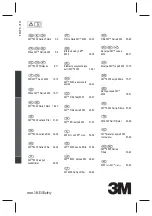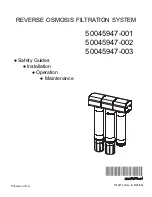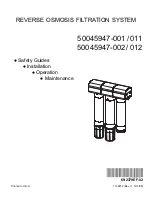
6
6
For the commercially viable assembly and mounting of printed circuit boards, there is an ever increasing requirement
for multiple-use material. The necessity however, to break off sections of the circuit board by hand can cause damage
to the delicate circuitry and components. The fibre-glass material tears at the broken edge, leaving it rough and
fissured.
Using the MAESTRO 3E, both large and small pre-scored PCB’s can be cleanly and economically separated.
The circular blade is then drawn across the PCB thereby separating it into individual pieces. The scored grooves can
be interrupted by any number of cut-outs.
Wear resistant blades and a guide assembly manufactured from special steel ensure maximum periods between
readjustments.
F
D
E
50
320
365
190
27
10°
3..30
1..23
34
10°
21.5
0..40
41
A
A
B
B
C
C
30°
30°
Fig. 2
Device and PCB dimensions
MAESTRO 3E/450
MAESTRO 3E/600
Length D in mm
700
850
Height E in mm
455
Separation Length F in mm
450
600
Weight in kg
22
27
Separating Principle
Components side circular blade, Soldering side lineal blade
PCB Thickness A in mm
0,8 - 3,2
Material Thickness B after pre-scoring in mm
A/3, min. 0,25, max. 0,8
Slot Depth C in mm
> 0,25
Increase of External Dimensions following
Separation in mm
0,1 - 0,2
Earthing
Press Stud ø 10 mm
Operating Temperature
10 - 35 °C
Storage and Transport Temperature
-20 - +50 °C
Humidity
10 - 85%, non-condensing
Table 2 Technical Data
2
Specification
































